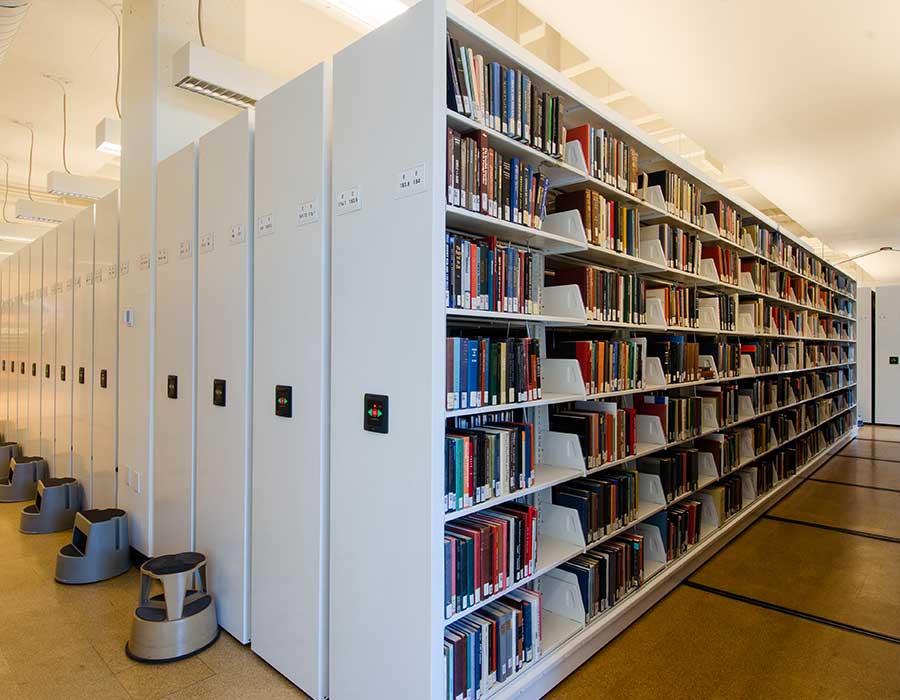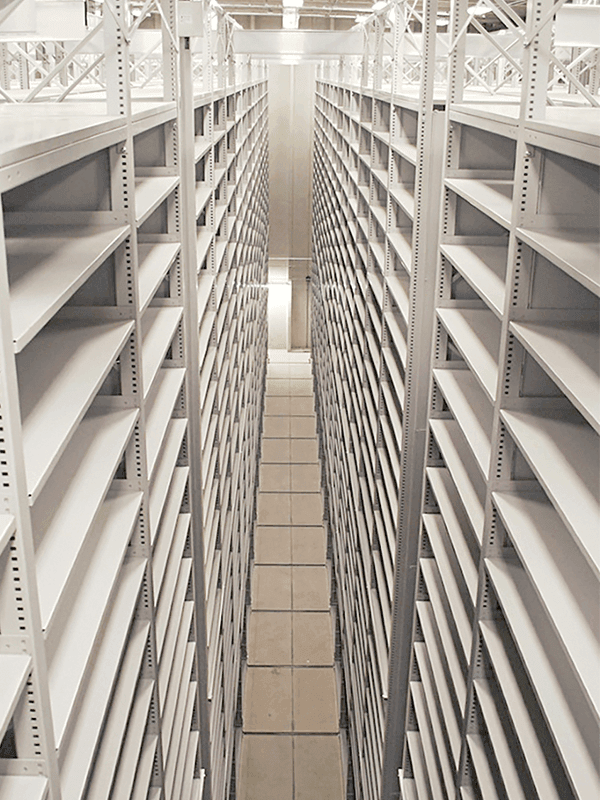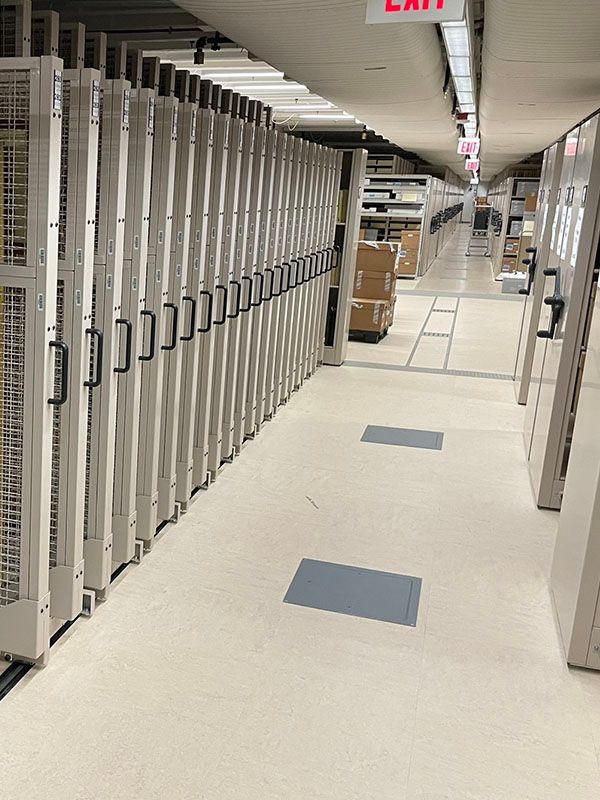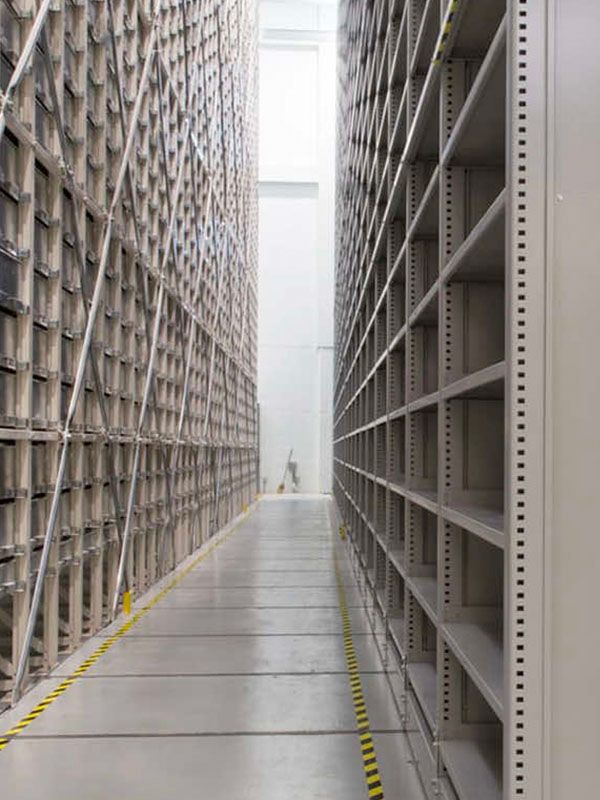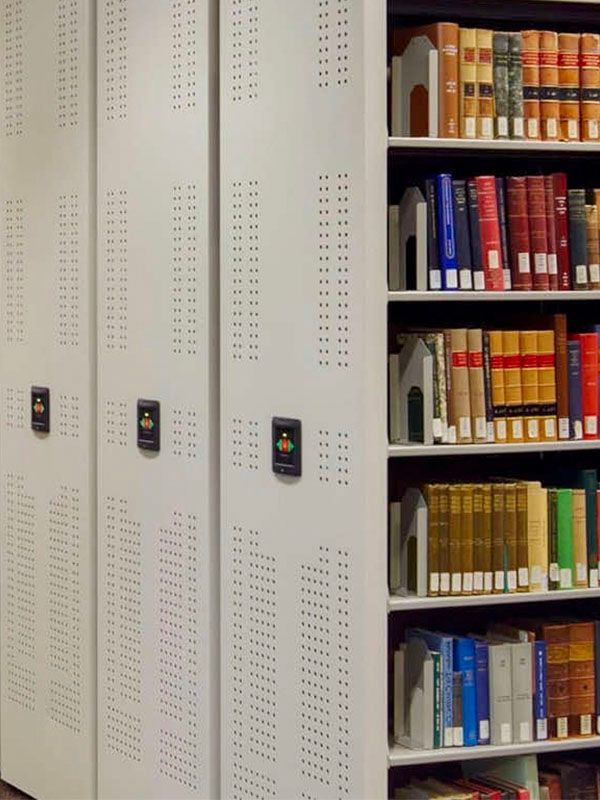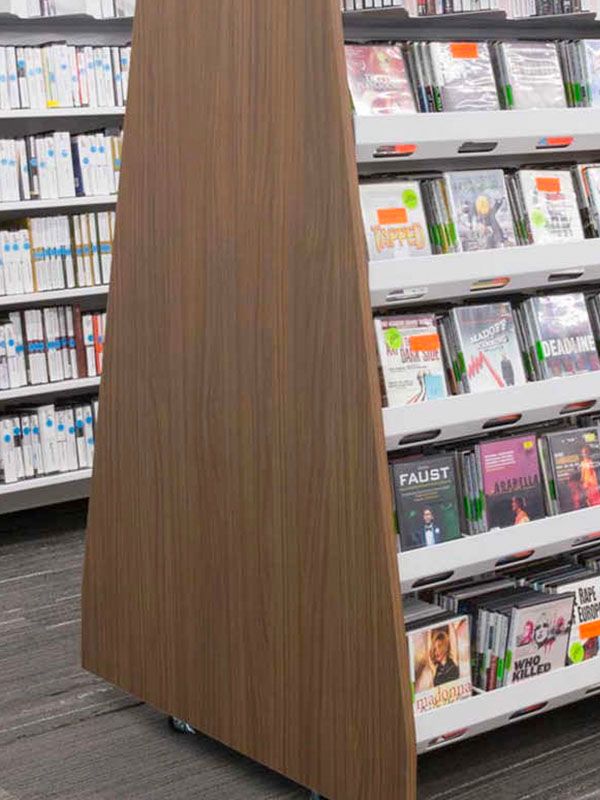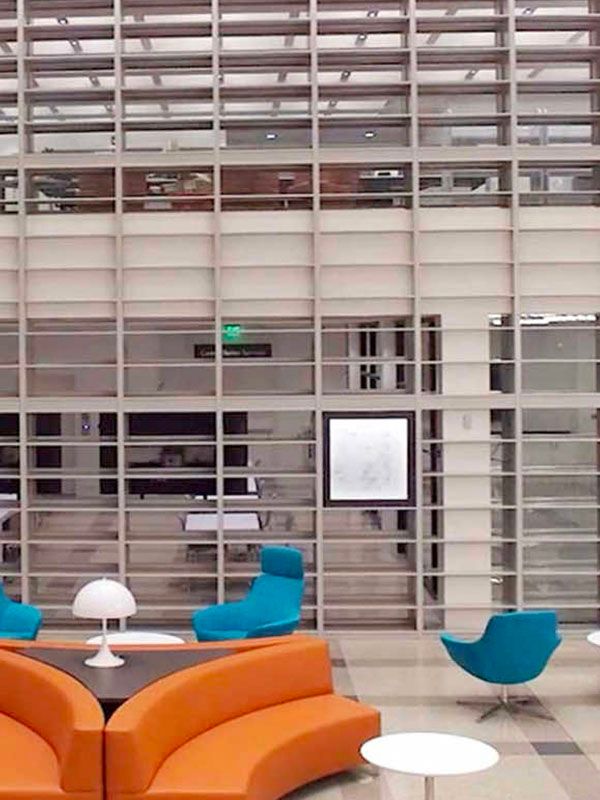Charleston, South Carolina
Addlestone Library
Planning for future floor loading requirements during this library’s initial design process opened up renovation options ten years later.
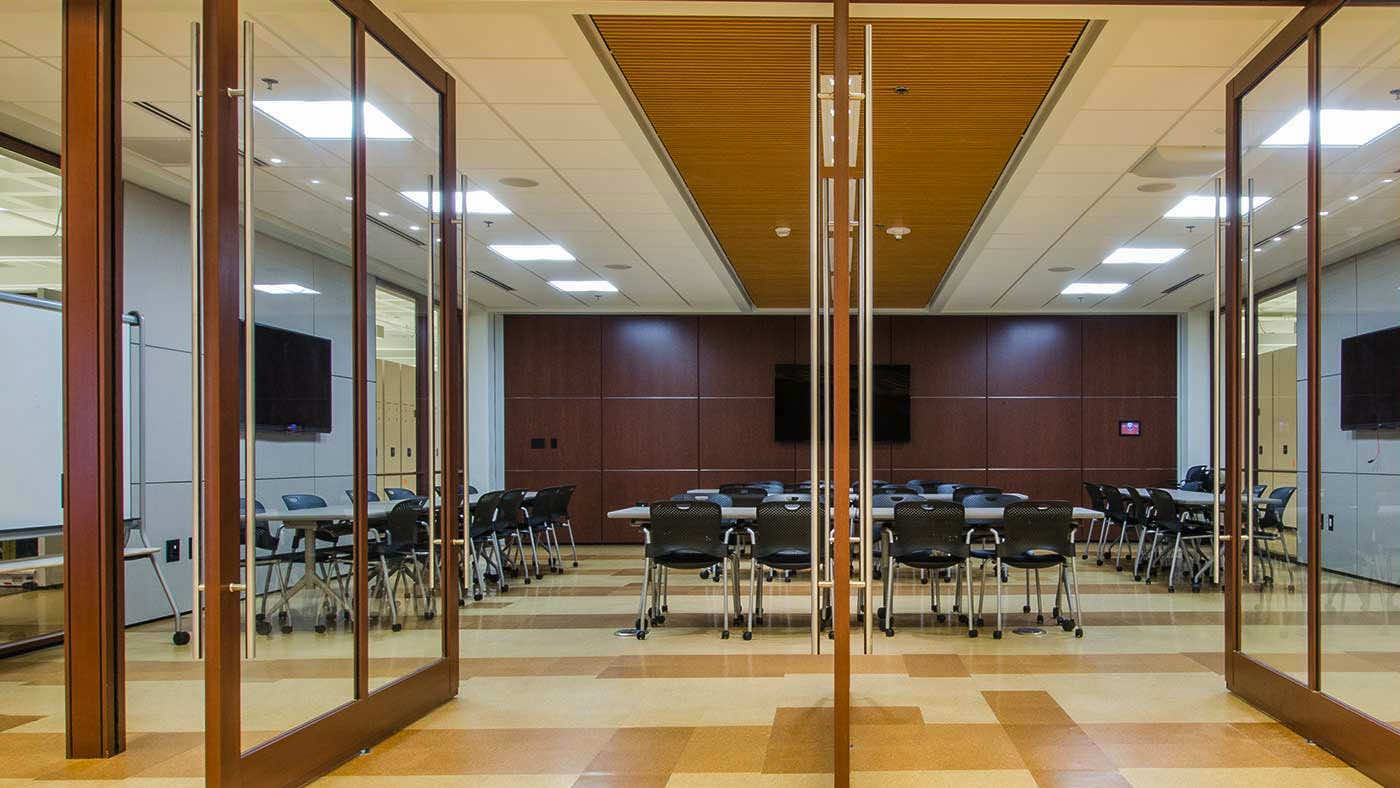
"By planning for future growth at the time of design and construction, we were able to build capacity into the floor slabs for eventual compact shelving throughout the stack area of the building."
- Michael Cohen , Architect
Same Space, New Uses at the Addlestone Library
When the Addlestone Library at the College of Charleston in Charleston, South Carolina, got the green light for a major renovation, the project team approached the design process with three student-centered goals:
Building an addition was beyond the budget, so the team had to get creative and make the best use of the library’s existing structure. Fortunately, thanks to foresight and help from the local Spacesaver consultant, the building had been designed from the start to eventually accommodate the live load of high-density shelving systems.
Addlestone Library's Compact Shelving Adds More Capacity in Less Space
The project team worked with the architect and their local Spacesaver representative to develop a comprehensive solution that would meet their goals.
They started with an assessment of their existing assets. Spacesaver had provided shelving throughout the main library during initial construction in 2005, and the shelving was still in excellent condition. A small portion of the shelving had been installed on high-density shelving systems, but the vast majority was stationary (non-moving). The Spacesaver consultant helped estimate how much space could be gained if all that shelving were to be placed on compact shelving systems, which would eliminate wasted space in the aisles and consolidate printed materials.
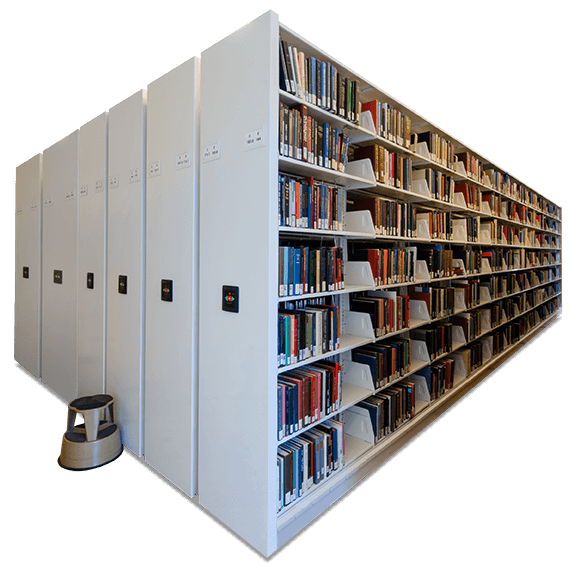
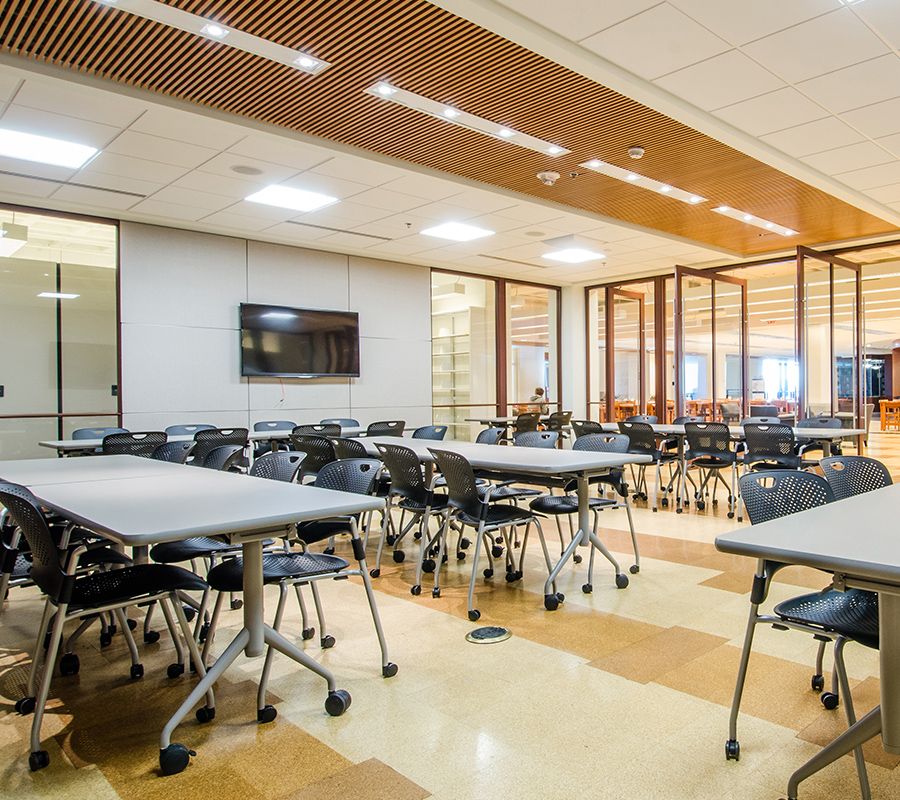
The space savings was substantial, and the library had actually been designed to bear the extra weight. “By planning for future growth at the time of design and construction, we were able to build capacity into the floor slabs for eventual compact shelving throughout the stack area of the building,” said the architect, Michael Cohen, soon after the building’s completion in 2005. “The structural requirement for the floor load, or weight, of compact shelving is [up to] 300 pounds per square foot [in a library], versus 150 for standard shelving, so the columns and floor slab had to be stronger. This adds a relatively small increase in the cost per square foot, but it gives you the potential of two to two-and-a-half times the capacity in the long term.”
Canvass the Campus
Universities are like small cities, with a variety of facilities from libraries and sports arenas to police departments and hospitals. That’s why campus space management is so important, download our guide for more information and ideas.
Canvass the Campus
Universities are like small cities, with a variety of facilities from libraries and sports arenas to police departments and hospitals. That’s why campus space management is so important, download our guide for more information and ideas.

The planning team determined that compact shelving could free up enough space to gain additional seating and a new technology-enabled classroom. The Spacesaver cantilever shelving purchased at the time of initial construction, combined with additional new shelving, meant that the compact shelving system would actually increase storage capacity despite taking up less space. This solution would meet the needs of students and provide the collections with room to grow in the future.
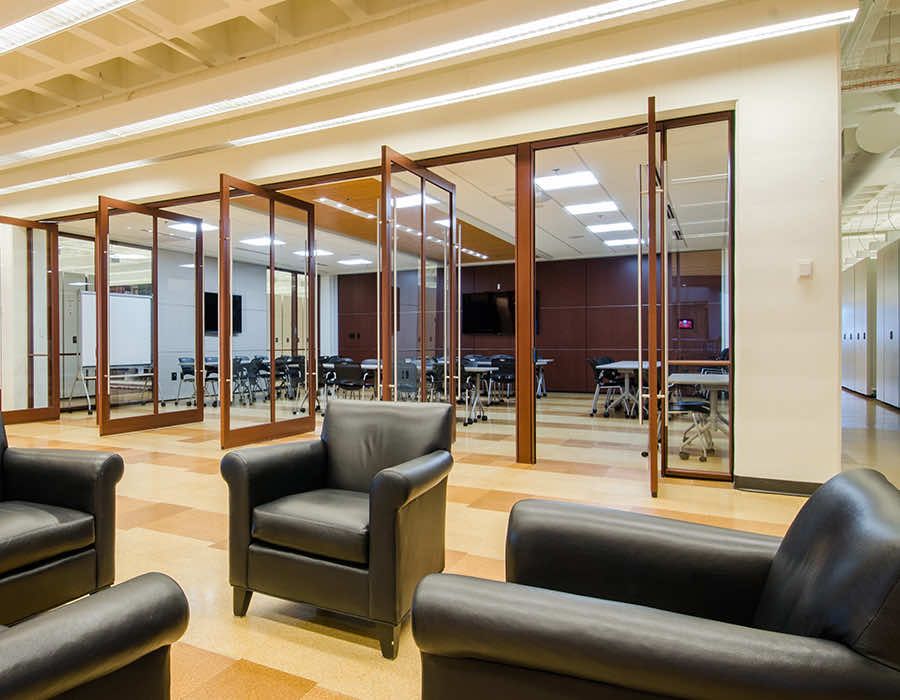
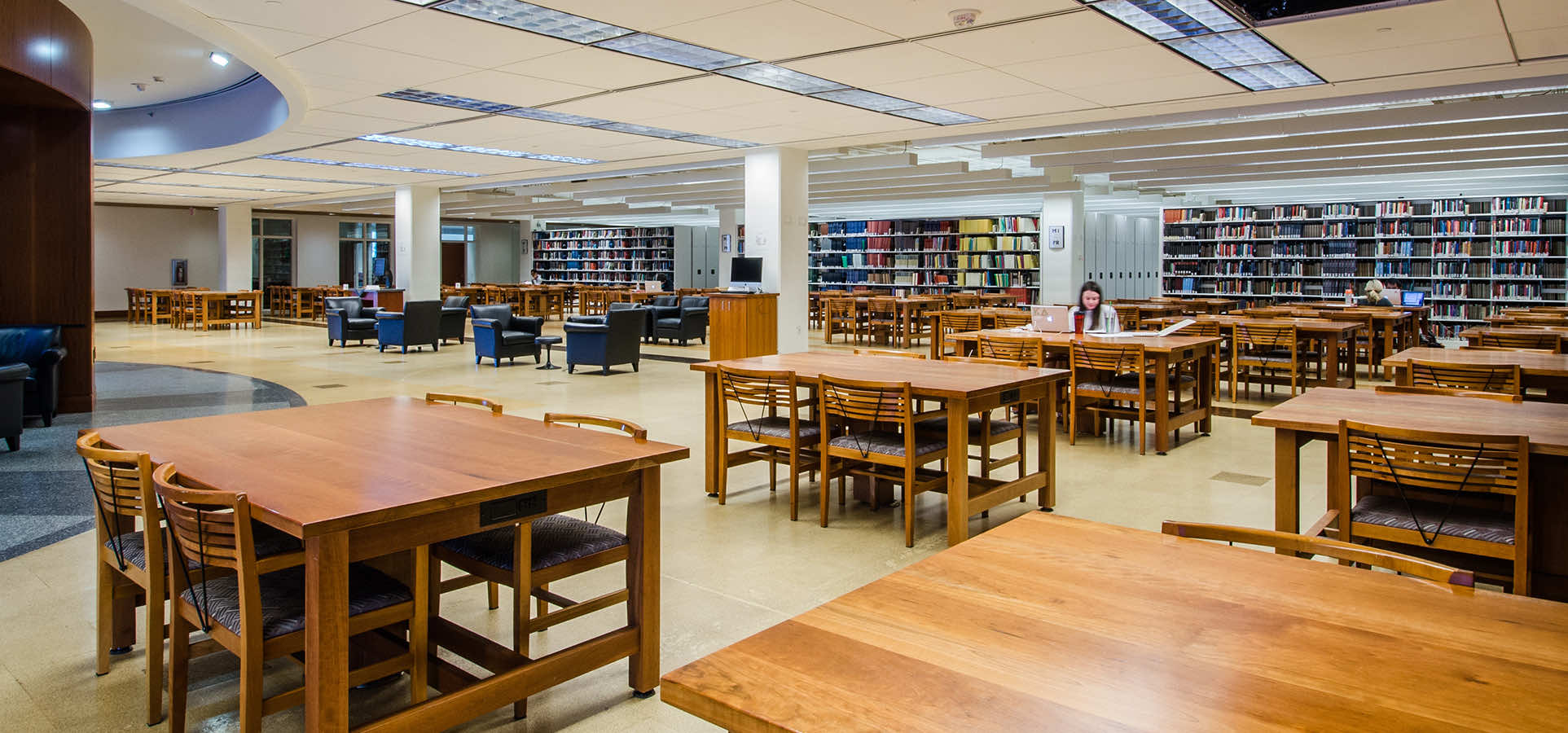
To get the best pricing on the best products and fast-track the competitive bid process, the university purchased Spacesaver shelving and compact mobile storage systems via the State of South Carolina contract. Spacesaver products are available on many state contracts! Contact us to learn more.
College of Charleston is ‘Thrilled with the Outcome’
Because the option to install compact shelving had been built into the library from the very beginning, the renovation met the planning team’s goals while staying within the budget. In addition to accommodating one million volumes and 200 additional seats for students, the move to compact shelving also freed up space for a “smart” classroom that features large monitors on three walls, mobile furniture, and whiteboards on casters.
